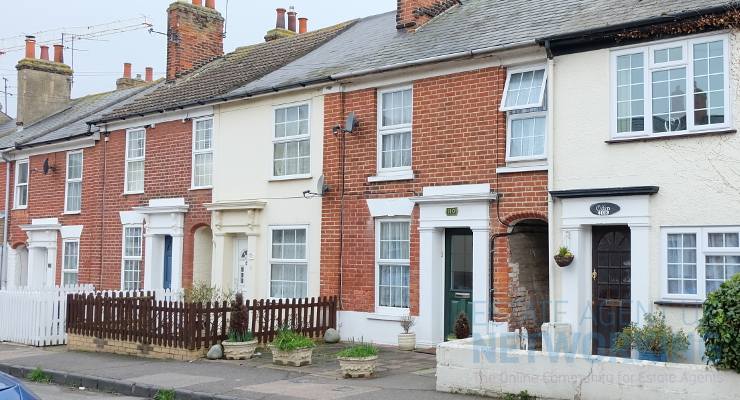Can’t afford London? These cities are giving investors more for less
New data has revealed that between four and ten of all buy-to-let purchases made in the first four months of 2025 took place in the Midlands and the North of England.
With affordability scarcer than ever in the South, property investors are turning their attention to greener pastures… literally.
So, what’s driving the shift up North? And which high-potential locations should investors be keeping an eye on?
Caroline Marshall-Roberts, CEO and Founder of BuyAssociation, uncovers why the North is coming into the spotlight, and everything investors need to know if they want to capitalise on this trend.
Why are investors heading North?
“London was once the dream location to buy a property. With a stable rental market, high demand, and strong long-term capital growth, it had everything a property investor needed.
“While it has always been a pricey place to buy, its affordability is now more challenging than ever, leading to a shift in this perception.
“For the price of one property in London, you could afford two, potentially even three in a Northern city, leading to a more diverse portfolio and stronger overall returns.
“On top of being one of the most expensive places to invest, London also offers relatively low rental yields. By contrast, the North and Midlands boast lower entry prices, stronger rental returns, and consistent demand from young professionals, students, and families.
“This serves as a triple-win scenario for many landlords.
“Cities like Manchester, Birmingham, and Sheffield have become buy-to-let high-flyers in recent years. They’re rich in students, employment opportunities, and regeneration projects, making it easy to understand why we’re leaning towards them.”
High-growth northern hotspots to watch
So, what are the locations showing the strongest indicators for buy-to-let success? BuyAssociation has revealed their top picks:
Manchester
“Manchester is largely considered the London of the North, and for very good reason. It not only has a thriving employment sector, but it’s also highly developed and well-connected, attracting a wide variety of renters from professionals to students.
“It combines impressive capital growth potential with strong, consistent rental yields, particularly in high-demand areas like Salford Quays, Ancoats, and The Green Quarter.
“For investors, the key is to focus on well-located developments that align with the city’s regeneration and tenant demand.
“Pay close attention to transport links, local amenities, and business districts like Spinningfields. These are especially worth targeting, as they tend to offer long-term growth and high occupancy rates.”
Leeds
“Leeds has consistently been one of the North’s most reliable investment locations. It has a strong financial sector, a large student population, and is affordable to live in, driving steady demand for rental properties.
“Flats in the city centre, especially around South Bank, Holbeck, and the Civic Quarter, are great to invest in. When conducting your research, target areas with nearby transport links, like Leeds train station, to maximise tenant appeal and ensure long-term occupancy.”
Sheffield
“Sheffield is often overlooked, but it shouldn’t be. One of the most influential strings to the city’s bow is its universities.
“The University of Sheffield, in particular, ranks in the top 100 universities in the world and 12th in the UK.
“This, combined with the city’s growing workforce and affordability, means tenant demand is steady and returns are strong.
“It’s a great place to start for new investors. Consider focusing on properties near tram routes, the universities, or key regeneration zones.”
Birmingham
“Birmingham’s regeneration has been huge. Projects like HS2 and the Big City Plan are reshaping the city and taking rental demand to new heights.”
“Properties near Curzon Street station or key employment hubs like Brindleyplace are especially appealing. They’re well-connected and offer long-term growth potential.”
Why now might be the best time to invest
“Interest rates may still be a concern for some buyers, but that hasn’t weakened rental demand in key cities across the North and Midlands.
“Even though the national housing market is slowing down, landlords are still able to secure consistent returns because demand is higher than ever in crowded urban centres and commuter areas.
“There’s a bit of a golden window right now. Lots of people who were priced out of London are now turning their attention to regional cities, where land is more affordable and opportunities to invest in new developments are far more accessible.
“We’re seeing a growing interest in off-plan and early-stage projects in these areas. These allow investors to get in early, often at below-market rates, and benefit from long-term growth as these developments take shape.”









